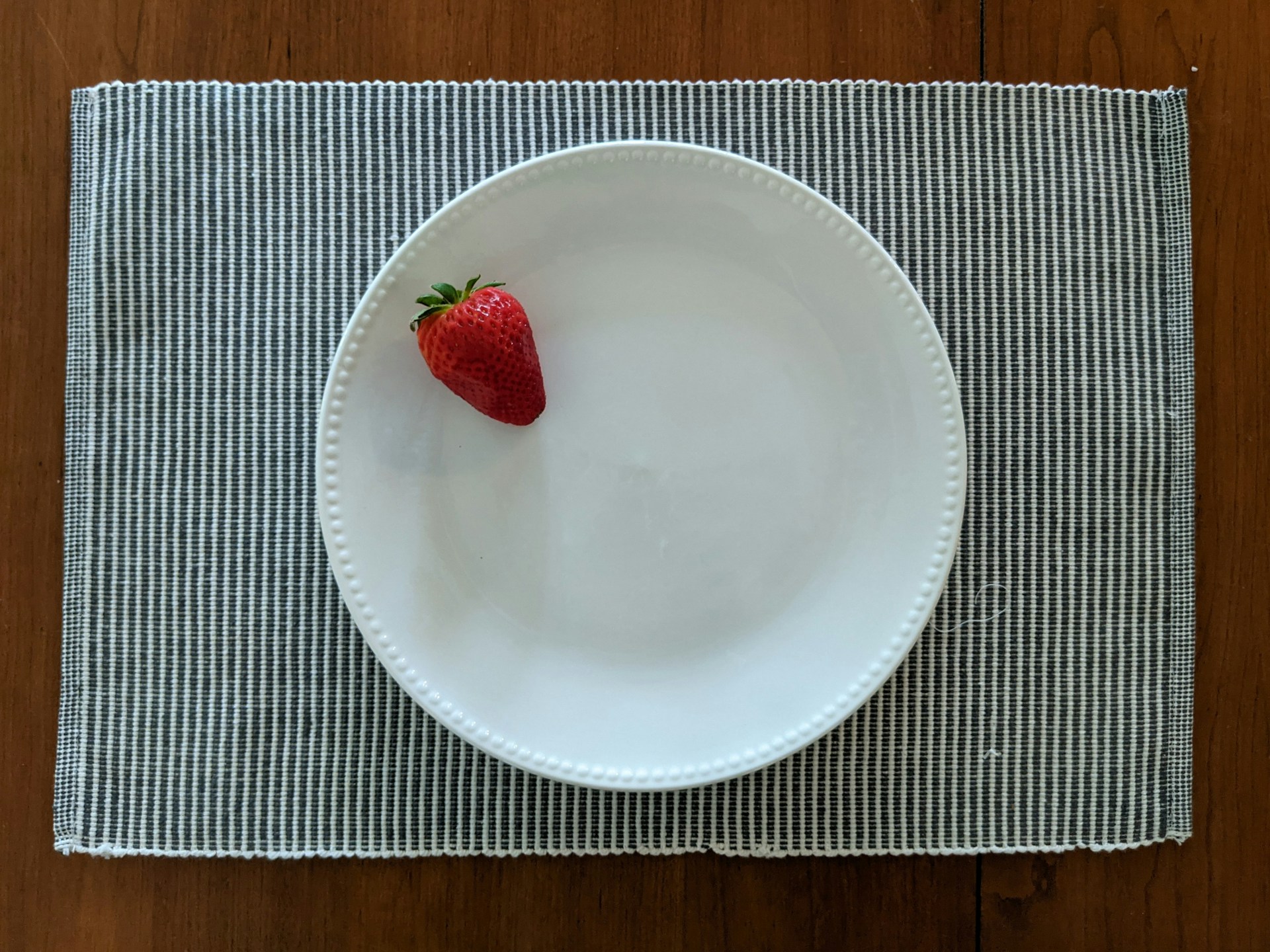Obesity has reached epic proportions in the United States, with 43% of American adults classified as obese on the BMI scale and another 33% classified as overweight. Some individuals choose to undergo bariatric surgery to help them get their weight under control, which can be performed through different techniques.
Today we are going to talk about one special technique called robotic weight loss surgery that is sometimes used during these operations, explain how it works, and offer an alternate, much less invasive option for achieving sustainable weight loss.
{{cta_button}}
What Is Robotic Weight Loss Surgery?
Robotic weight loss surgery involves using advanced technology to help surgeons perform minimally invasive bariatric procedures with a level of precision that surpasses what a human can achieve. The surgeon controls the movements of a set of robotic arms with tiny instruments from a nearby console, while a small camera provides a three‑dimensional view of the treatment area inside of the body.
What Are The Benefits Of Robotic Weight Loss Surgery?
Gastric sleeve and gastric bypass surgery are the most common procedures that are performed robotically. Using this technique offers benefits including
- Robotic tools allow for fine movements that may be harder to achieve by hand, which can reduce bleeding and make healing faster.
- Patients often experience less blood loss, fewer infections, smaller scars, and shorter hospital stays.
- The enhanced vision and control let surgeons perform more complicated operations, especially in patients with a higher body mass index (BMI).
Are There Disadvantages of Robotic Bariatric Surgery?
Yes, using robotic techniques has a few disadvantages that often prevent patients from choosing this option, including:
- Robotic procedures are more expensive and typically cost between four and six thousand dollars more than traditional laparoscopic surgery. Robotic surgery is often not a covered expense on medical insurance plans, especially if a laparoscopic option is available.
- This technique is not available in all hospitals because of the type of equipment required and the special training needed for the surgeons.
- In rare cases, technical issues with the robotic system can disrupt the surgery, and the results of the surgery depend on both the surgeon’s skill and the proper functioning of the technology.
What Is Da Vinci Weight Loss Surgery?
This is the brand name of a robotic-assisted platform designed to help surgeons perform procedures with greater precision through small incisions. The da Vinci Surgical System provides the advanced robotic technology that is used by the surgeon to complete bariatric surgery, but it does not operate on its own. The surgeon is fully in control the entire time and uses hand and foot controls to guide the robotic arms.
The surgeon is able to visualize what they are doing in real time from the 3-D view provided by the high-definition da Vinci camera, and because of this innovative technology, they can perform very fine movements that the human hand does not have the range of motion to accomplish. This extra level of control can be especially helpful during very complex procedures.
The most common types of bariatric surgery performed with da Vinci include the gastric sleeve, where a large portion of the stomach is removed to reduce appetite and food intake, and the gastric bypass, which creates a small stomach pouch and reroutes the digestive tract to limit calorie absorption.
{{cta_small}}
What Makes More Sense Than Robotic Weight Loss Surgery?
It makes the most sense to skip the surgery altogether if there are other options available that can accomplish the same results. Today there are endoscopic weight loss procedures like Suture Sculpt endoscopic sleeve gastroplasty (ESG) that are a much more cost‑effective alternative to robotic surgery, and much less risk is involved.
The doctor uses an endoscope, which is a flexible tube with a camera and special tools that are inserted through the mouth to reshape and resize the stomach without using any incisions or removing any portion of it. There is less pain, a much quicker recovery, and little risk of experiencing complications.
Suture Sculpt (ESG) uses stitches to reshape your stomach into a tube-like shape, reducing its volume by about 70 to 80 percent. This helps you eat less and stay full for a longer time so you can successfully lose a significant amount of weight.
Alternate Endoscopic Procedures And Other Solutions
In addition to Suture Sculpt ESG, there are other endoscopic options like gastric balloons and revision procedures that can help you with your weight loss journey. These quick procedures are also done as an outpatient and do not involve surgery.
Where Can I Get Help With Non-Surgical Weight Loss In NYC?
If you are looking for a less invasive, more affordable choice for weight loss in New York, Dr. Steven Batash offers innovative endoscopic weight loss solutions at the state-of-the-art Batash Endoscopic Weight Loss Center in NYC.
He and his incredible team of experts help patients lose weight without traditional surgery by using non‑surgical techniques like Suture Sculpt ESG, gastric balloons, weight loss medications, and more. They also provide nutritional guidance, ongoing support, and a personalized plan so that you are never on your own as you navigate your weight loss journey.
If you are serious about getting your weight under control and improving your health, come speak with the most knowledgeable experts on endoscopic weight loss procedures in New York. Why undergo surgery when Suture Sculpt ESG is less invasive, easier to recover from, and delivers the same weight loss potential? Set up your personal consultation today to learn more!
{{cta_button}}








